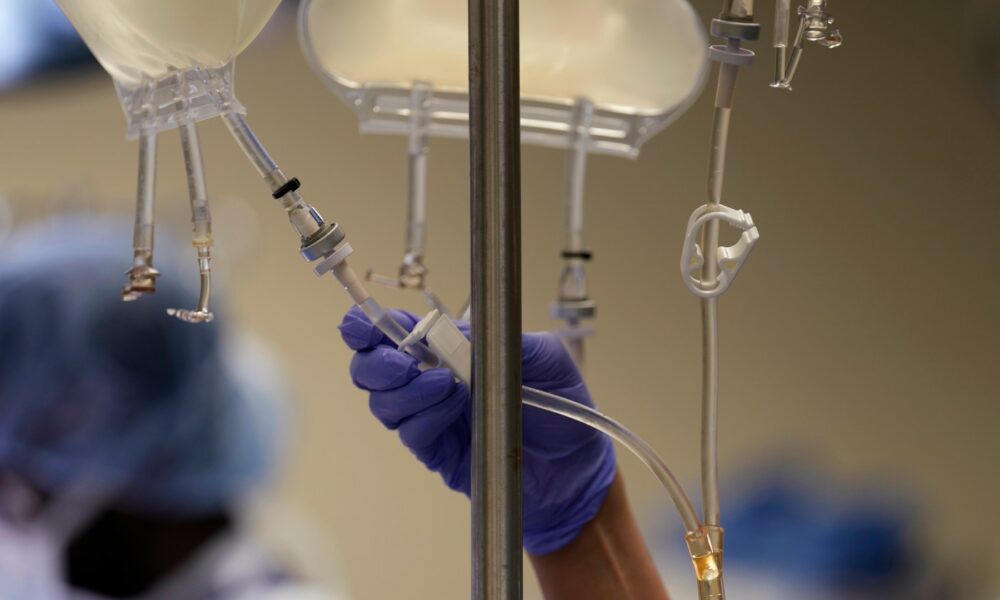Participation in marathons, such as the recent TCS New York City Marathon, is often celebrated as a significant achievement. However, the physical toll of running such long distances can be severe, leading to a range of injuries and health issues. According to a 2024 study involving over 1,000 runners, approximately 40% reported injuries during their training, while around 14% were hurt during the race itself.
Dr. Mariam Zakhary, director of running medicine at Mount Sinai’s Department of Rehabilitation and Human Performance, emphasizes that while completing a marathon is commendable, it also places unique stresses on the body. The risks associated with marathon running may not be fully understood by many participants.
Common Injuries Among Marathon Runners
Marathon training can lead to a variety of injuries, many of which stem from overuse or inadequate preparation. Dr. Rock G. Positano, founder and director of the Non-surgical Foot and Ankle Service, notes that injuries to the plantar fascia, which connects the heel to the toes, are common. These injuries can lead to sharp pain in the heel or arch, often exacerbated by the marathon’s demands.
Stress fractures, particularly in the metatarsals and tibia, are also prevalent. These hairline fractures may not present immediately and can cause swelling and extreme pain when bearing weight. Furthermore, Dr. Adam Bitterman, chair of orthopedic surgery at Huntington Hospital, highlights that conditions like Achilles tendinopathy often arise from repetitive strain, especially with abrupt mileage increases.
Ankle sprains are another concern, particularly for fatigued runners. The risk of spraining an ankle increases on uneven terrain, as diminished proprioception can lead to injuries.
Additional Health Risks
The physical challenges of running a marathon extend beyond musculoskeletal issues. Dermatological conditions, such as friction blisters and “jogger’s nipple,” can emerge from prolonged chafing against clothing. Dr. Jacob Beer emphasizes that while these injuries may seem minor, they can lead to significant discomfort and complications.
Gastrointestinal problems are also common among marathon participants. Dr. Dana Zalkin explains that blood flow is redirected from the stomach during a race, which can irritate the gut and lead to symptoms like diarrhea. The mechanical jostling of running may also cause nausea and cramping, further complicating the experience.
Dehydration and electrolyte imbalances are critical concerns. Dr. Jeremy Polman notes that these factors can exacerbate issues such as acid reflux and heartburn, particularly during or after the race.
Moreover, research indicates that the immune system may weaken for up to 72 hours following a marathon, increasing susceptibility to infections. Dr. Gina LaRocca, a cardiologist at Mount Sinai Fuster Heart Hospital, points out that some athletes may even experience acute coronary events during training, underscoring the need for pre-marathon health screenings.
Perhaps most alarming is a study conducted in 2025, which suggests that marathon running might increase the risk of colorectal cancer. Among participants aged 35 to 50, nearly 50% had precancerous growths after completing multiple marathons. This statistic is significantly higher than the 1%-2% typically seen in average-risk adults.
While the benefits of running marathons are widely discussed, it is essential to recognize the potential health risks involved. Proper preparation, awareness of common injuries, and ongoing medical guidance can help mitigate some of these concerns. As more individuals take on the challenge of long-distance running, understanding the full scope of its impact on health is crucial.







